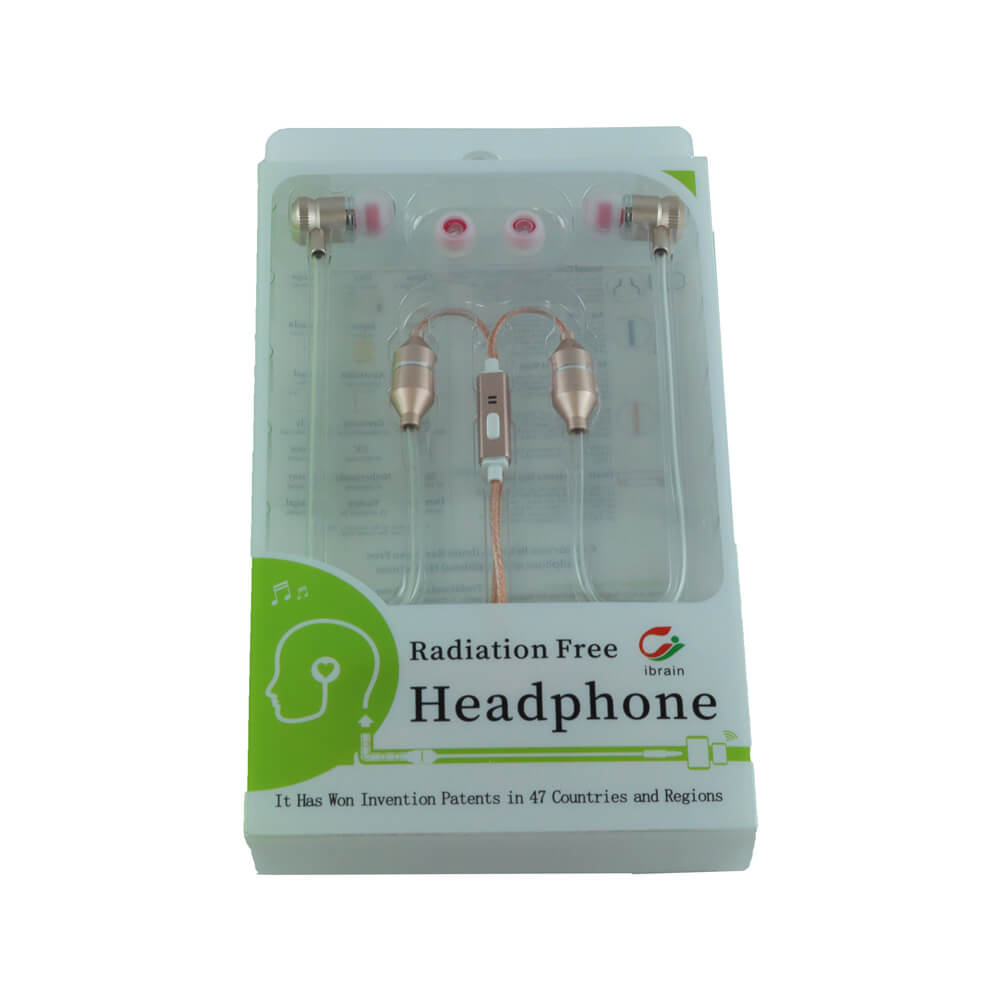Air tube earpieces, also known as acoustic tube earpieces, are a type of audio accessory primarily used for discreet communication and to potentially reduce radio frequency (RF) exposure to the head. They are commonly employed with two-way radios and other communication devices.
Operating Principle
Unlike traditional earpieces where a wire runs directly to a speaker in the ear, an air tube earpiece functions differently:
- A transducer (a small speaker) is located away from the head, typically clipped to a collar or lapel. This transducer converts electrical audio signals from the connected device into sound waves.
- These sound waves are then channeled through a hollow, flexible, and often transparent plastic tube – the air tube or acoustic tube.
- The sound waves travel through this tube and are delivered directly into the user's ear canal via an eartip.
Key Advantages
- Discreetness: The clear acoustic tube is less conspicuous than conventional wired earpieces, making it suitable for security, surveillance, and public-facing roles.
- Reduced RF Proximity: By placing the electronic transducer away from the head, the direct exposure of the head to RF emissions from the speaker component is minimized. Sound is transmitted acoustically.
- Comfort for Extended Wear: Many air tube earpieces come with soft, interchangeable eartips (often silicone or foam) designed for comfort during long periods of use.
- Clear Audio Delivery: The direct channeling of sound into the ear canal can provide clear audio, even in moderately noisy environments.
Core Components
- Transducer Unit: Houses the miniature speaker that converts electrical signals to sound. Often includes a Push-To-Talk (PTT) button and microphone in more comprehensive setups.
- Acoustic Tube: The hollow, clear tube (typically made of medical-grade plastic) that carries the sound waves. These are often detachable for cleaning or replacement.
- Eartip: The part that fits into the ear. Various styles (e.g., mushroom, flanged) and materials are available to ensure a secure and comfortable fit.
- Connector: The plug that interfaces with the communication device (e.g., 2-pin, 3.5mm jack, proprietary radio connectors).
Common Applications
Air tube earpieces are widely utilized by:

- Law enforcement and security personnel
- Emergency services
- Event staff and hospitality workers
- Broadcast professionals (for IFB systems)
- Private security and surveillance operatives
- Retail staff requiring discreet communication
Important Considerations
- Sound Quality: While generally clear for voice, the fidelity might not match high-end audio earbuds, especially for music. The length and quality of the tube can affect sound.
- Maintenance: The acoustic tube can accumulate moisture/condensation or debris over time, potentially muffling sound. Regular cleaning or tube replacement is necessary.
- Durability: The tube itself can be prone to kinking, yellowing, or hardening with age and exposure to elements, requiring replacement.
- Hygiene: Eartips should be cleaned regularly or replaced, especially if shared (though sharing is generally not recommended).











